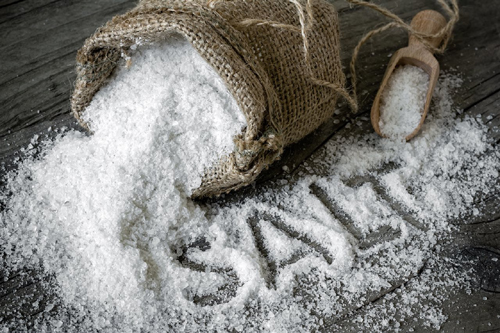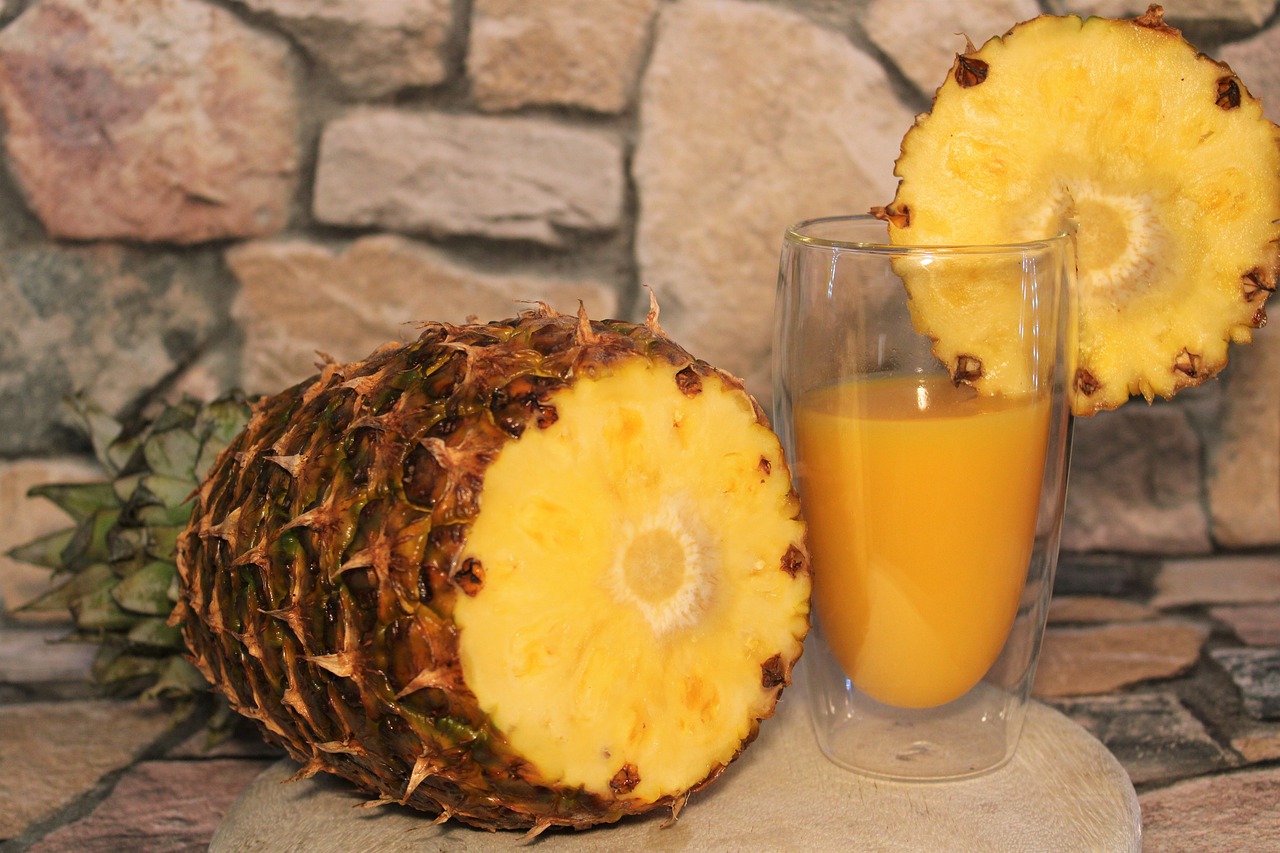The 4 Greatest Salt Myths

Salt is everywhere, it seems. It is on our tables, in many of our favorite foods and even in life-saving hospital infusions.
After more than a century of debate over the role of salt in human health, the overwhelming medical evidence makes it clear that reducing salt in the U.S. diet may pose a greater risk to many consumers. Consider these four common myths about salt:
Myth 1: Americans Eat More Salt Than Ever
Military records from the early 1800s up to WWII show that the average soldier was consuming between 6,000 and 6,800 mg/day of sodium. We eat about half of that today, and that number has remained consistent since WWII. The advent of refrigeration meant that we could preserve food with less salt, but salt remains a critical ingredient for myriad other functions.
Myth 2: Salt Consumption Leads to Hypertension
According to Dr. Jan Staessen, head of the Research Unit on Hypertension at the University of Leuven in Belgium, “The evidence relating blood pressure to salt intake does not translate into an increased risk of incident hypertension in people consuming a usual salt diet.”
Myth 3: Americans Could Massively Reduce Their Salt Consumption Without Any Negative Health Consequences
Dr. Andrew Mente, of McMaster University in Canada, and his team conducted the largest ever epidemiologic study of the impact of sodium intake on blood pressure, cardiovascular disease risk and mortality. “We found that regardless of whether people have high blood pressure, low-sodium intake is related to more heart attacks, strokes and deaths compared to average intake,” he said.
Myth 4: The U.S. Population Would Gain Significant Health Benefits From Major Population-wide Salt Reduction
The FDA recommends a maximum daily limit of 2,300 mg of sodium per day and a maximum of 1,500 mg for people with certain conditions. Salt is 40 percent sodium. According to Dr. Michael H. Alderman of the Albert Einstein College of Medicine, “Sodium consumption around the globe has a mean of about 3,600 mg/day, and a range from 2,600–5,000 mg/day. This mid-range describes about 90 percent of the world’s population. … Optimal survival is realized by those whose intake is between 2,800 and 5,000 mg/day. Specifically, there is no evidence of a superior health outcome at intakes less than 2,000 mg/day compared with those in the usual range.”
Salt is essential for life. In fact, no mineral is more essential to human survival than sodium because it allows nerves to send and receive electrical impulses, helps your muscles stay strong and keeps your cells and brain functioning. However, sodium chloride (salt) is a nutrient that the body cannot produce, and therefore it must be consumed. The average American eats about 3,400 mg per day of sodium, according to The National Health and Nutrition Examination Survey, right in the middle of the healthy range.








